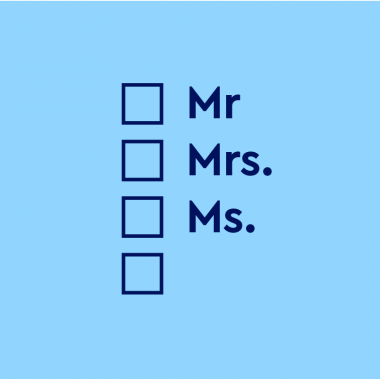What Is The Gender-Neutral Form Of Mr. And Mrs.?
When addressing strangers, authority figures, and in formal situations, it is considered polite to use an honorific, or title, to address them. The most frequently used honorifics are gendered male or female, which may not always be appropriate. In this article, we are going to review the most common honorifics, the alternative Mx., and how and when to use these titles. The most commonly used …



